One warm south-facing wall for espalier -- what to plant?
jayco
10 years ago
Related Stories

MORE ROOMS8 Colors for South-Facing Rooms
Choose one of these soft, cool colors to tone down the sun shining in
Full Story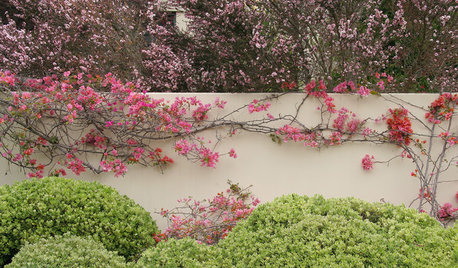
LANDSCAPE DESIGNThe Art of the Espalier
Go ahead, let limited garden space drive you up the walls. With these 6 ways to train plants vertically, it can be a beautiful thing
Full Story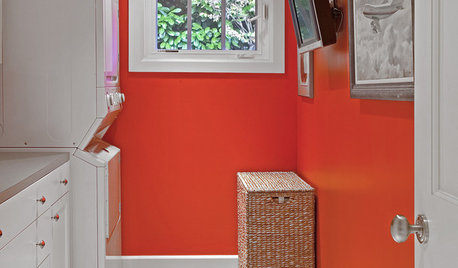
MORE ROOMS8 Colors for North-Facing Rooms
Have a room with little sunlight? One of these vibrant, saturated paint colors will warm it up
Full Story
GARDENING GUIDES6 Dependable Ground Covers for Warm Climates
Swap some lawn for these drought-tolerant clumping plants — and watch your maintenance efforts diminish while they easily grow
Full Story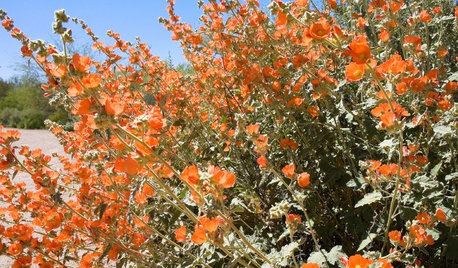
GARDENING GUIDESWarm Up Your Garden With Orange Flowers
Hummingbirds and butterflies are not the only ones who will notice when you introduce a blaze of orange into your garden
Full Story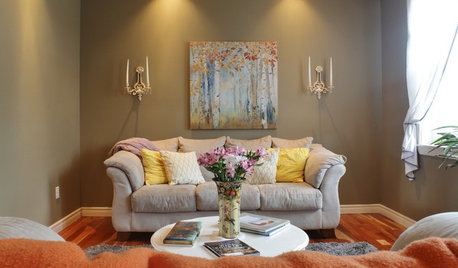
ECLECTIC HOMESMy Houzz: Family’s Personal Style Warms Up a New House
A Northwest family seeks out a kid-friendly neighborhood and makes a ‘development home’ their own
Full Story
MODERN HOMESHouzz Tour: All Glass Outside, Warm Wood Inside
Wood and stone balance transparent outer walls in this Gulf Islands home, for an open and warm feeling all over
Full Story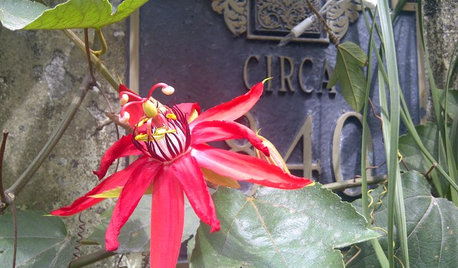
FLOWERS5 Sensational Flowering Vines for Warm Climates
Splash your garden with bright tropical color from late summer through fall with these showy trailing and climbing beauties
Full Story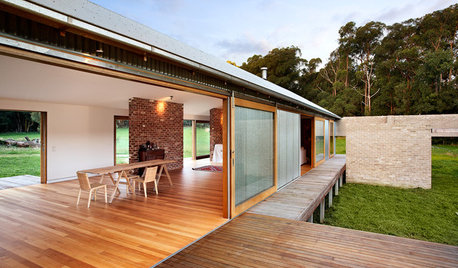
ARCHITECTUREHow Thermal Mass Keeps You Warm and Cool
Passive solar design makes use of this element. Here’s how it works and how you can get it in your home
Full Story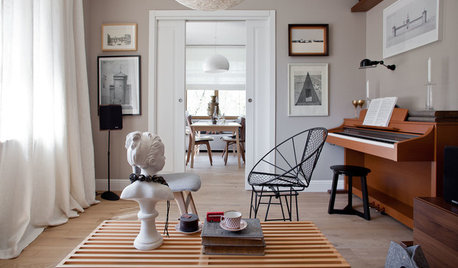
DECORATING GUIDESColor of the Week: Decorating With Warm Gray
Tired of tan? Getting gloomy from cool gray? Make warm gray your new go-to neutral
Full StorySponsored
Industry Leading Interior Designers & Decorators in Franklin County
More Discussions







MrsEllis
jaycoOriginal Author
Related Professionals
Walnut Landscape Architects & Landscape Designers · Salem Landscape Contractors · Bedford Heights Landscape Contractors · Biloxi Landscape Contractors · Byram Landscape Contractors · Cedar Hill Landscape Contractors · Estelle Landscape Contractors · Glendale Heights Landscape Contractors · Mason Landscape Contractors · Northbridge Landscape Contractors · Pikesville Landscape Contractors · Ronkonkoma Landscape Contractors · The Woodlands Landscape Contractors · Twin Falls Landscape Contractors · New Carrollton Landscape Contractorspeachymomo
steve333_gw
jaycoOriginal Author
peachymomo
swakyaby